International
‘We don’t eat lithium’: S. America longs for benefits of metal boon
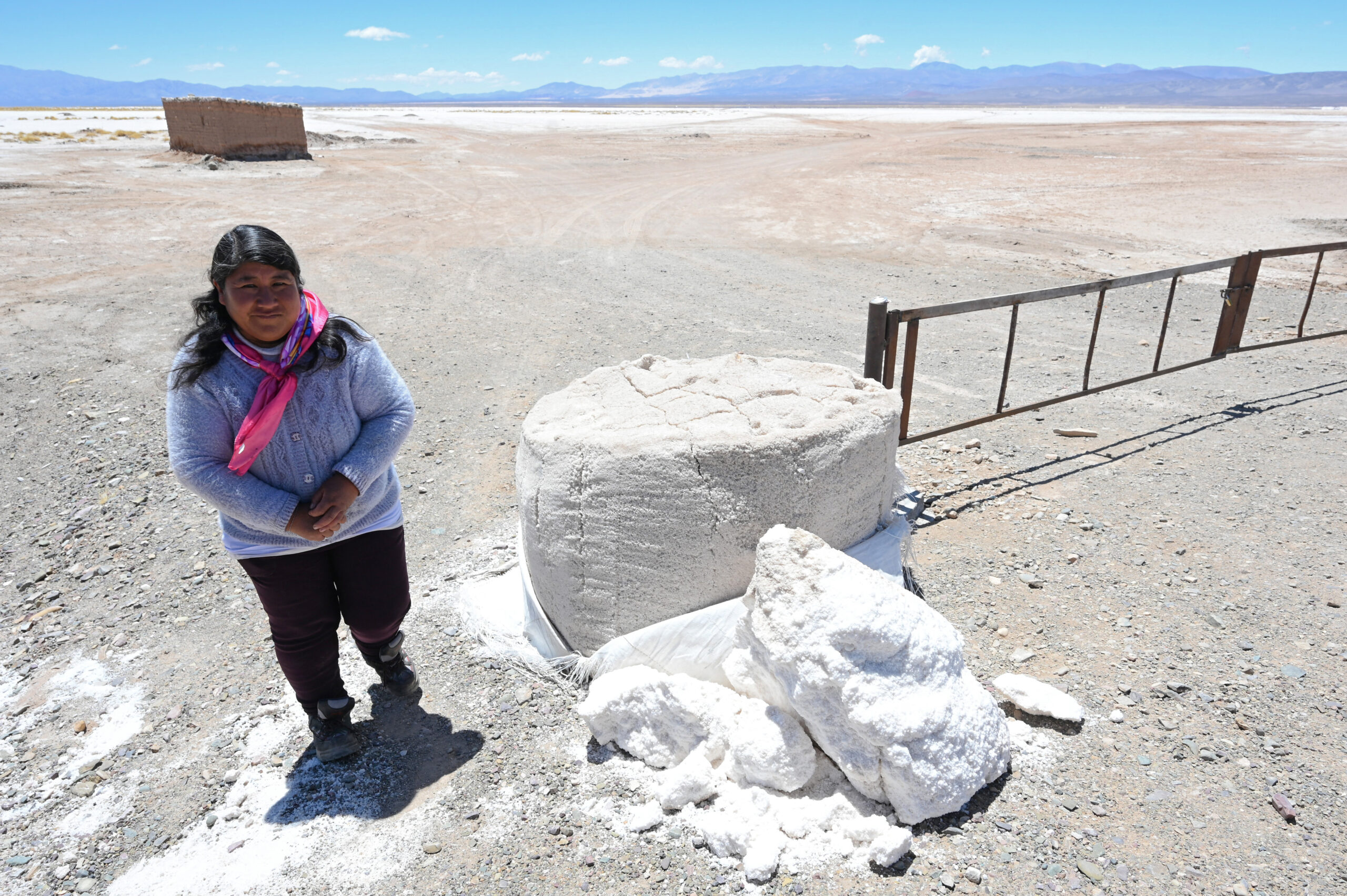
| By AFP | Martín Silva |
The turquoise glimmer of open-air pools contrasts sharply with the dazzling white of salt flats in Latin America’s “lithium triangle,” where hope resides for a better life fueled by a metal bonanza.
A key component of batteries used in electric cars, demand has exploded for lithium — the “white gold” found in Chile, Argentina and Bolivia in quantities larger than anywhere else in the world.
And as the world seeks to move away from fossil fuels, lithium production — and prices — have skyrocketed, as have the expectations of communities near lithium plants, many of whom live in poverty.
But there are growing concerns about the impact on groundwater sources in regions already prone to extended droughts, with recent evidence of tree and flamingo die-offs.
And there are scant signs to date of benefits trickling down.
“We don’t eat lithium, nor batteries. We do drink water,” said Veronica Chavez, 48, president of the Santuario de Tres Pozos Indigenous community near the town of Salinas Grandes in Argentina’s lithium heartland.
A poster that meets visitors to Salinas Grandes reads: “No to lithium, yes to water and life.”
Lithium extraction requires millions of liters of water per plant per day.
Unlike in Australia — the world’s top lithium producer that extracts the metal from rock — in South America it is derived from salars, or salt flats, where saltwater containing the metal is brought from underground briny lakes to the surface to evaporate.
Soaring prices
About 56 percent of the world’s 89 million tons of identified lithium resources are found in the South American triangle, according to the US Geological Survey (USGS).
The world average price rose from $5,700 per ton in November 2020 to $60,500 in September this year.
Chile hosts the westernmost corner of the lithium triangle in its Atacama desert, which contributed 26 percent of global production in 2021, according to the USGS.
The country started lithium extraction in 1984 and has been a leader in the field partly because of low rainfall levels and high solar radiation that speeds up the evaporation process.
But Chilean law has made it difficult for companies to gain concessions from the government since the dictatorship of Augusto Pinochet declared the metal a “strategic resource” for its potential use in nuclear bombs.
Only two companies have permits to exploit the metal — Chile’s SQM and American Albemarle, which pay up to 40 percent of their sales in tax.
In the first quarter of this year, lithium’s contribution to the public coffers surpassed those of Chile’s mainstay metal, copper, for the first time, according to government records.
Yet, the environmental costs are starting to stack up, and locals fear there is worse to come.
This year, a study in the journal Proceedings of the Royal Society B found a link between lithium mining and a decline in two flamingo species in the Salar de Atacama.
“The development of technologies to slow climate change has been identified as a global imperative. Nonetheless, such ‘green’ technologies can potentially have negative impacts on biodiversity,” said the study.
In 2013, an inspection at the SQM site — which reported using nearly 400,000 liters of water per hour in 2022 — found that a third of carob trees in the area had died.
A later study pointed to water scarcity as a possible cause.
“We want to know, for sure, what has been the real impact of the extraction of groundwater,” said Claudia Perez, 49, a resident of the nearby San Pedro river valley.
She was not against lithium, said Perez, provided there are measures to “minimize the negative impact on people.”
‘Leave us alone’
Across the Andes in Argentina, the salt lakes of Jujuy host the world’s second-largest lithium resources along with the neighboring provinces of Salta and Catamarca.
With few restrictions on extraction and a low tax of only 3.0 percent, Argentina has become the world’s fourth-biggest lithium producer from two mines.
With dozens of new projects in the works with the involvement of US, Chinese, French, South Korean and local companies, Argentina has said it hopes to exceed Chilean production by 2030.
But not everyone is sold on the idea.
“It is not, as they say, that they (lithium companies) are going to save the planet… Rather it is us who have to give our lives to save the planet,” said Chavez, of Santuario de Tres Pozos in Jujuy province.
A neighbor, 47-year-old street food seller Barbara Quipildor added fiercely: “I want them to leave us alone, in peace. I don’t want lithium… My concern is the future of my children’s children.”
Will locals benefit?
About 300 kilometers (190 miles) north of Jujuy, the salar of Uyuni in Bolivia holds more lithium than anywhere else — a quarter of global resources, according to the USGS.
Half of the residents in the region — which is also rich in silver and tin — live in poverty, household surveys show.
The country’s former leftist president Evo Morales nationalized hydrocarbons and other resources such as lithium towards the start of his 2006-2019 mandate and vowed Bolivia would set the metal’s global price.
In Rio Grande, a small town near the Yacimientos de Litio Bolivianos (YLB) lithium plant, Morales’ plans were met with excitement.
In 2014 Donny Ali, a lawyer now aged 34, opened a hotel with the expectation of an economic boom.
He called it Lithium.
“We were expecting major industrial technological development and more than anything, better living conditions,” he told AFP. “It didn’t happen.”
Hoping to boost the struggling lithium sector, the government opened it up to private hands in 2018, though domestic legislation has not yet denationalized the resource, and no private extraction has yet begun.
“Some think that Bolivia will ‘miss the boat’ of lithium,” said economist Juan Carlos Zuleta. “I don’t think that’s going to happen.”
The real question, he said, is: when the boat comes, “will lithium extraction benefit Bolivians?”
The three countries are now looking towards battery manufacturing — possibly even building electric cars — as a way to turn the natural lithium bounty into a modern-day industrial revolution.
“There is a concrete possibility for Latin America to become the next China,” said Zuleta.
In the meantime, the Hotel Lithium stands empty.
International
Washington declares State of Emergency as atmospheric river brings severe flooding
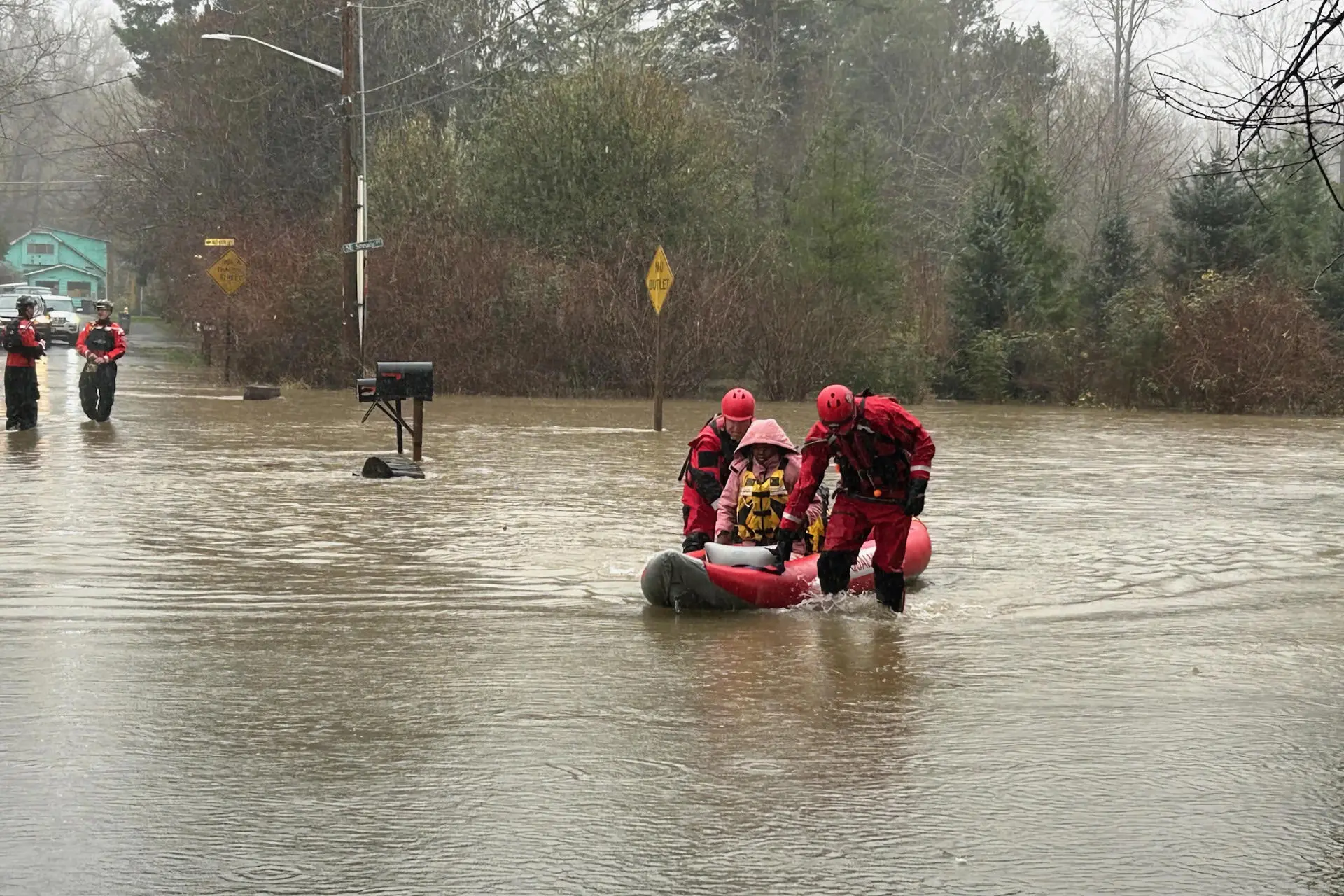
Washington Governor Bob Ferguson declared a state of emergency on Wednesday in response to severe flooding affecting several counties, where more than 75,000 people remain under evacuation alerts following heavy rainfall that has caused significant water accumulation.
An atmospheric river has battered the state since Monday, dropping several centimeters of rain and threatening serious flooding in communities near major rivers. More precipitation is expected in the coming days, and the National Weather Service (NWS) has forecast between 15 and 20 centimeters of rain from Wednesday morning through Thursday afternoon in communities along the far western region, worsening the emergency.
Rainfall totals in higher elevations near the Canadian border could exceed 20 centimeters, further increasing the risk.
“Lives will be at stake in the coming days,” Ferguson warned during a press conference.
The governor underscored the severity of the situation and said he will request an expedited federal disaster declaration from President Donald Trump’s administration to access additional resources for the emergency response.
“I want to urge all Washington residents to pay close attention to alerts from their counties and emergency management departments. If you receive an evacuation order, please follow it,” he added.
Most rivers from the Canadian border down to southwestern Washington are in flood stage. Several are expected to reach record levels, including the Skagit River, which could exceed its 1990 flood peak when water levels rose 1.2 meters.
Around 75,000 people are at risk of flooding in Skagit County, where authorities continue to maintain an evacuation watch.
The Washington National Guard and the U.S. Army Corps of Engineers have been activated to assist with evacuations and response efforts in rural areas affected by flooding.
International
U.S. to require five-year social media history from tourists under Visa Waiver Program
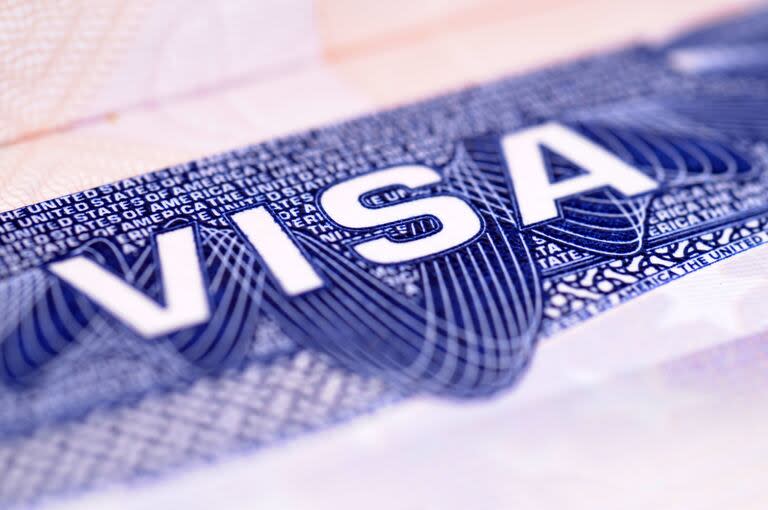
Tourists from 42 countries covered by the U.S. Visa Waiver Program would be required to provide their social media history from the past five years in order to enter the United States, according to a new proposal released Wednesday by the administration of President Donald Trump.
The initiative, led by U.S. Customs and Border Protection (CBP), aims to more thoroughly review the activity of travelers entering the country through the Electronic System for Travel Authorization (ESTA). When asked about the plan’s potential impact on tourism, Trump insisted that the United States is “doing very well.”
“We just want people to come here and be safe… We want to make sure we’re not letting the wrong people into our country,” the president said during a press conference at the White House.
The proposal, published in the Federal Register, seeks to expand the information collected from visitors entering the U.S. for up to three months under the visa waiver program.
ESTA applies to travelers from 42 countries, including the United Kingdom, Ireland, New Zealand, Australia, France, Japan, Israel and Qatar.
In addition to requiring a five-year social media history, the plan would increase the amount of personal data requested, such as phone numbers and email addresses used over the past ten years. It also calls for family details, including names, dates of birth and places of birth of the traveler’s relatives.
The proposal further includes a new mobile tool that would allow any foreign visitor to record their departure from the United States.
International
Six ecuadorian soldiers jailed pending trial for alleged extrajudicial execution
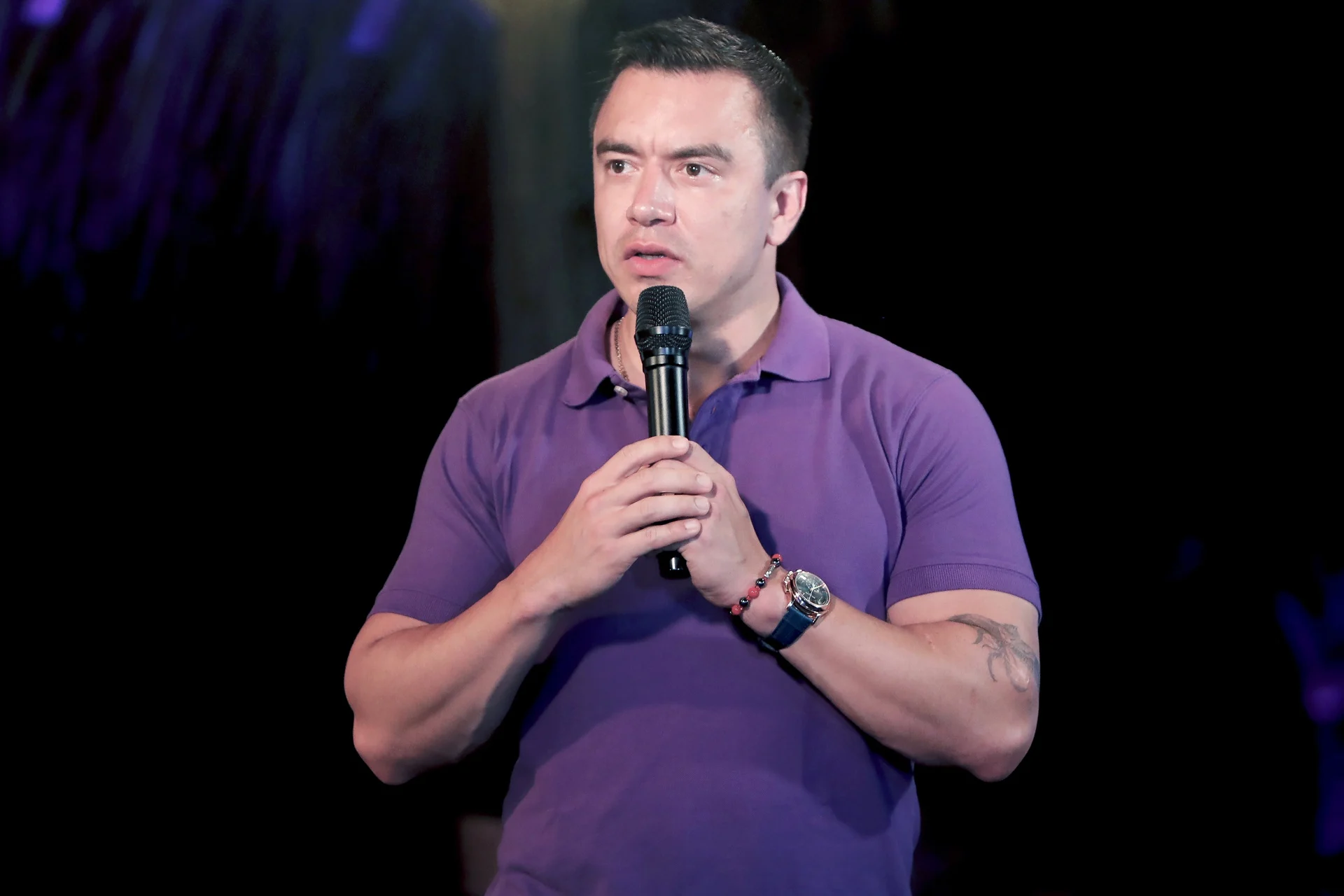
Six Ecuadorian soldiers were placed in pre-trial detention on Wednesday by a civilian court over an alleged extrajudicial execution, the Attorney General’s Office reported.
As part of his war on drug trafficking, President Daniel Noboa declared an internal armed conflict in 2024 and deployed the Armed Forces to the streets. Human rights organizations have since denounced military abuses and a rise in disappearances attributed to state agents.
A judge in the coastal province of Santa Elena ordered pre-trial detention for six soldiers for alleged extrajudicial execution, the prosecution stated on X. It added that the troops, now under investigation for the suspected crime, were in charge of an operation in the resort town of Salinas, during which one of the detainees died.
In a separate case involving alleged abuse of authority, a group of 17 soldiers is currently on trial for the forced disappearance of four minors whose bodies were found burned near an Ecuadorian Air Force (FAE) base.
In December 2024, Saúl Arboleda, Steven Medina, and brothers Josué and Ismael Arroyo — aged 11 to 15 — were detained by a military patrol in southern Guayaquil.
According to Amnesty International, Ecuador’s Prosecutor’s Office has received reports of at least 43 possible cases of forced disappearance since 2023, the year Noboa took office pledging a tough stance against organized crime.
-

 International2 days ago
International2 days agoMexico City prepares for 13 million pilgrims at Basilica of Guadalupe
-

 Central America3 days ago
Central America3 days agoGuatemalan soldier wounded in clash with suspected mexican armed group near border
-

 Central America2 days ago
Central America2 days agoMexico and Guatemala launch joint security operation after Agua Zarca border attack
-
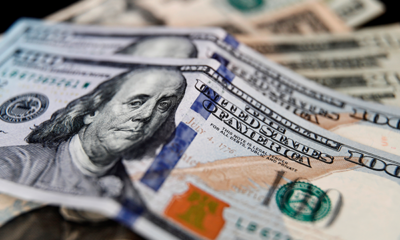
 Central America3 days ago
Central America3 days agoGuatemala reverses asset seizures after judge replacement, benefiting ex-president and former ministers
-
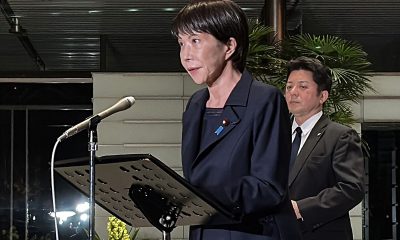
 International3 days ago
International3 days agoJapan lifts tsunami alert after strong 7.6-magnitude earthquake hits northern coast
-

 International17 hours ago
International17 hours agoU.S. to require five-year social media history from tourists under Visa Waiver Program
-

 Central America2 days ago
Central America2 days agoU.S. accuses Ortega regime of systematic human rights abuses in Nicaragua
-
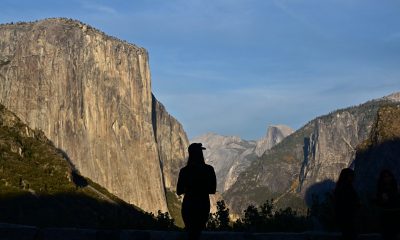
 International3 days ago
International3 days agoInterior Dept. redefines 2026 Patriotic Days, sparking criticism over removed civil rights holidays
-

 International17 hours ago
International17 hours agoWashington declares State of Emergency as atmospheric river brings severe flooding
-

 Central America2 days ago
Central America2 days agoHonduran University: Nullifying elections without proof of fraud undermines popular sovereignty
-

 Central America2 days ago
Central America2 days agoHonduras’ electoral chief reports ongoing technical issues but says results remain intact
-

 Central America2 days ago
Central America2 days agoU.S. finds no evidence of fraud in Honduras election despite delays
-

 Central America2 days ago
Central America2 days agoCNA director says Libre’s defeat stems from “lack of substance,” not messaging
-
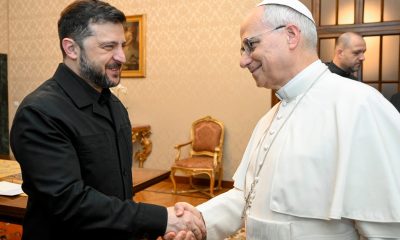
 International2 days ago
International2 days agoZelensky meets Pope Leo XIV as review of U.S. peace plan continues
-

 Central America17 hours ago
Central America17 hours agoOAS and EU urge honduran political actors to respect vote results and avoid unrest
-

 International17 hours ago
International17 hours agoSix ecuadorian soldiers jailed pending trial for alleged extrajudicial execution


























